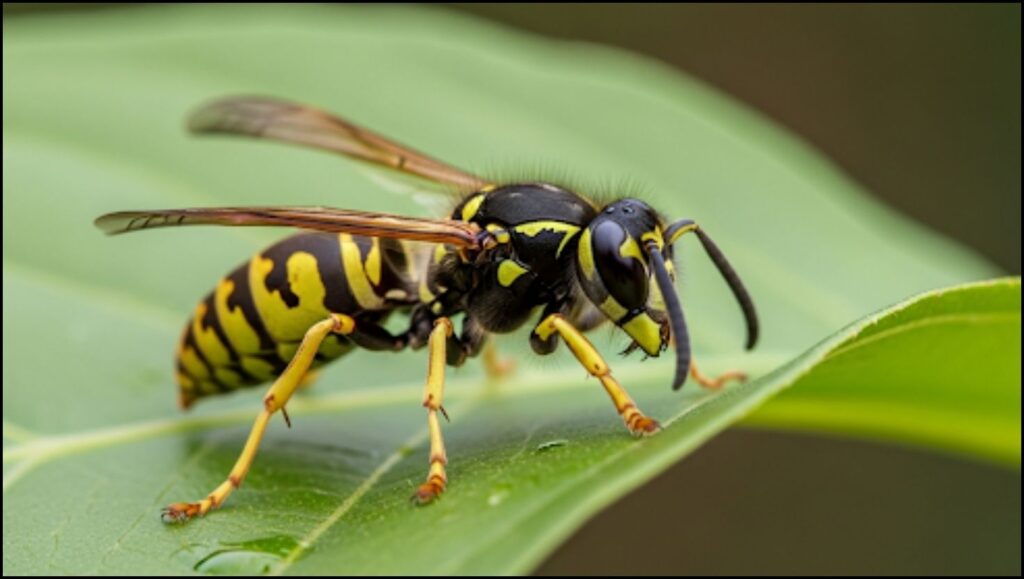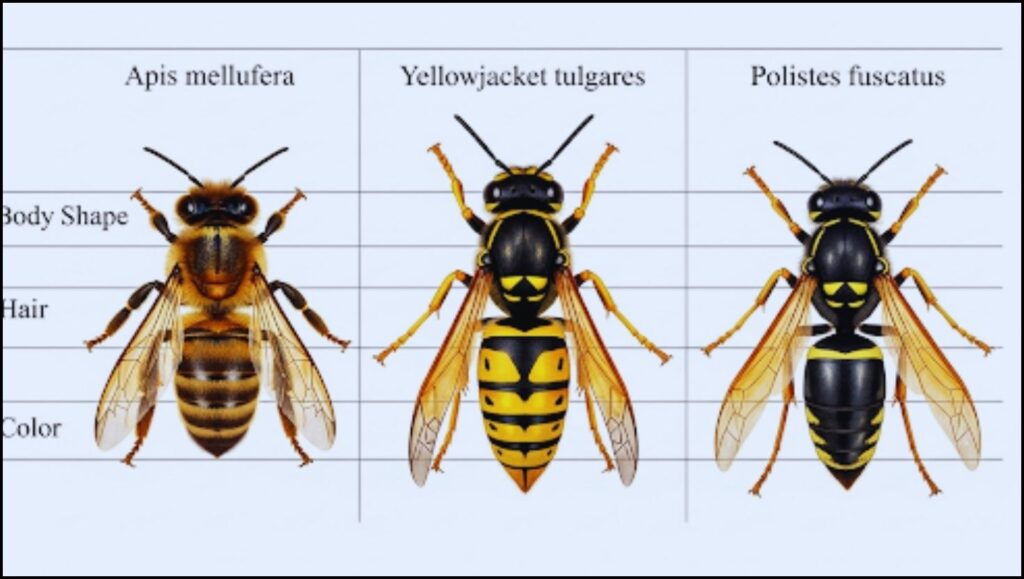As late summer and early autumn bring a predictable surge in wasp populations across many parts of the globe, human encounters with these often-aggressive insects are on the rise. While wasps play a beneficial role as pollinators and pest controllers, their stings can be painful and dangerous. Entomologists and public health officials are advising increased public awareness and specific preventative tactics to avoid getting stung by a wasp ensuring safety during outdoor activities.

Understanding the seasonal behavior of wasps is the first step in prevention. “In late summer, wasp colonies are at their maximum size, and their traditional food sources, like caterpillars, are dwindling,” said Dr. Howard Russell, an entomologist at Michigan State University’s Department of Plant, Soil and Microbial Sciences. “They become aggressive scavengers, showing up at picnics and garbage cans in search of proteins and sugars, which dramatically increases the chance of a negative encounter.”
This behavioral shift necessitates a more cautious approach during the peak season. Based on guidance from entomology experts and public health agencies, here are eight effective strategies for wasp sting prevention.
How to Avoid Getting Stung by a Wasp: Key Strategies
| Strategy | Detail | Rationale (According to Experts) |
| 1. Dress Appropriately | Wear light-colored clothing (white, tan, grey). Avoid bright colors and floral patterns. | Wasps may perceive dark colors as a threat, similar to a natural predator. Bright colors and patterns can mimic flowers. |
| 2. Eliminate Scents | Forgo wearing perfumes, colognes, or heavily scented lotions when outdoors for extended periods. | Strong sweet or floral scents can attract wasps searching for nectar. |
| 3. Secure Food & Trash | Keep food and drinks covered. Use trash receptacles with tight-fitting lids. | Wasps are drawn to sugary drinks, fruits, and proteins. Limiting their access reduces their presence in populated areas. |
| 4. Remain Calm | If a wasp lands on or near you, do not swat or flail. Remain still or back away slowly and calmly. | Rapid movements are interpreted as aggression, triggering a defensive stinging response from the wasp. |
A Deeper Look at Wasp Sting Prevention
While basic precautions are effective, a more detailed understanding of wasp behavior can further reduce risks.
Mind Your Attire and Scent
Experts consistently recommend dressing to be inconspicuous. The Centers for Disease Control and Prevention (CDC) advises that people avoid wearing fragrant cosmetics when in wasp-prone areas. Wasps, particularly yellowjackets, are opportunistic foragers. “You become part of the landscape they are scanning for resources,” Dr. Russell notes. Light-colored clothing helps you blend in, while strong scents can signal a potential food source.
Secure Outdoor Food and Waste
The National Pest Management Association (NPMA) stresses the importance of sanitation for wasp standing prevention. “Properly containing food and waste is one of the most effective ways to make your property less attractive to wasps,” an NPMA spokesperson stated in a recent public advisory. This includes cleaning up spills promptly and ensuring garbage and compost bins are sealed. During picnics or outdoor dining, keep food in sealed containers until it is ready to be eaten.
Inspect Your Property and React Appropriately
Regularly check for the early signs of nest-building in common areas such as under eaves, in sheds, behind shutters, and on porch ceilings. Paper wasps build distinctive open-comb, umbrella-shaped nests, while yellowjackets often nest in hidden voids, including underground burrows.
If you encounter a single wasp, your reaction is critical. “Swatting at a wasp can trigger the release of an alarm pheromone,” explains Dr. Angela M. Hoover, an entomologist with Penn State’s College of Agricultural Sciences. “This chemical signal can summon other wasps from the colony to attack the perceived threat.” The recommended response is to move away slowly without making sudden gestures.
Advanced Tactics: From Yard Work to Professional Help
For those spending significant time outdoors, additional measures may be necessary.
Use Caution During Yard Work
Lawnmowers, string trimmers, and hedge clippers are notorious for disturbing ground nests (yellowjackets) and nests in shrubs (paper wasps, bald-faced hornets). Before beginning yard work, walk the area to inspect for signs of nest entrances or wasp activity. Vibrations from machinery can provoke an entire colony to swarm and attack.
Strategic Use of Traps
Commercially available wasp traps can be effective but must be used correctly. These devices typically use a liquid bait to lure and drown wasps. According to university extension services, traps should be placed in the early spring to catch founding queens and positioned along the perimeter of a property, away from seating areas, to draw wasps away from human activity.

Know When to Call for Professional Wasp Nest Removal
While a small, accessible paper wasp nest might be handled by a confident homeowner in the very early morning or late evening when wasps are less active, experts strongly advise against DIY removal for large or hidden nests. Yellowjacket and hornet nests, in particular, can house thousands of individuals who will defend their home aggressively.
“Attempting to remove a large or poorly situated nest without proper equipment and experience is extremely dangerous,” warns the NPMA. Professional wasp nest removal services have the protective gear and specialized insecticides to handle infestations safely and effectively.
If a Sting Occurs
If stung, the CDC recommends washing the area with soap and water and applying a cold pack to reduce swelling. For pain, over-the-counter pain relievers can be used. It is crucial to monitor for signs of a severe allergic reaction (anaphylaxis), which can include difficulty breathing, swelling of the face or throat, dizziness, or hives. Anaphylaxis is a medical emergency that requires immediate treatment with epinephrine and a call to emergency services.
As the season progresses, coexistence with these insects relies on knowledge and caution. By understanding what attracts wasps and how they behave, individuals can take simple, smart steps to ensure their outdoor experiences remain safe and sting-free.
